I’ve been on a bit of a Pre-Raphaelite kick in my own personal art studies these days. What does that mean? Well! Mostly it means I track down a bunch of Youtube videos and listen to them while I work.
Recently, I found a BBC documentary series that ran back in 2013. Only a decade late!
And another, A Stroll Round Tate Britain. A wonderful little tour of some of the best works the PRB have to offer.
To say nothing of the fantastic, bite-sized video lectures of Smarthistory.
Following this 19th century rabbit trail reminded me of this artist spotlight that I originally wrote a number of years back. It seemed due for a timely revisit and an update!
Beginning in 1888, he served as a studio assistant to William Holman Hunt, a position he held until 1905.
Hunt, of course, being one of the founding members of the Pre-Raphaelite Brotherhood. A study of his work is outside the scope of this article but here again is that fantastic Smarthistory playlist comprised of eighteen videos on a wide collection of works and PRB associated artists.
Throughout his lifetime Hughes earned many prestigious titles. He gained membership in the Art Workers Guild (also in 1888) and in 1891 he was elected to Associate Membership of The Royal Water Colour Society. Ultimately, he became the Vice-President of the Society.
He died in 1914, just before the outbreak of the Great War. According to Birmingham Museum and Art Gallery curator, Victoria Osborne, Hughes was something of a “lost” artist.
After his death, Hughes “began to plummet into critical obscurity. He did not have a one-man show in his lifetime and his work was not seriously re-examined for more than 60 years.”


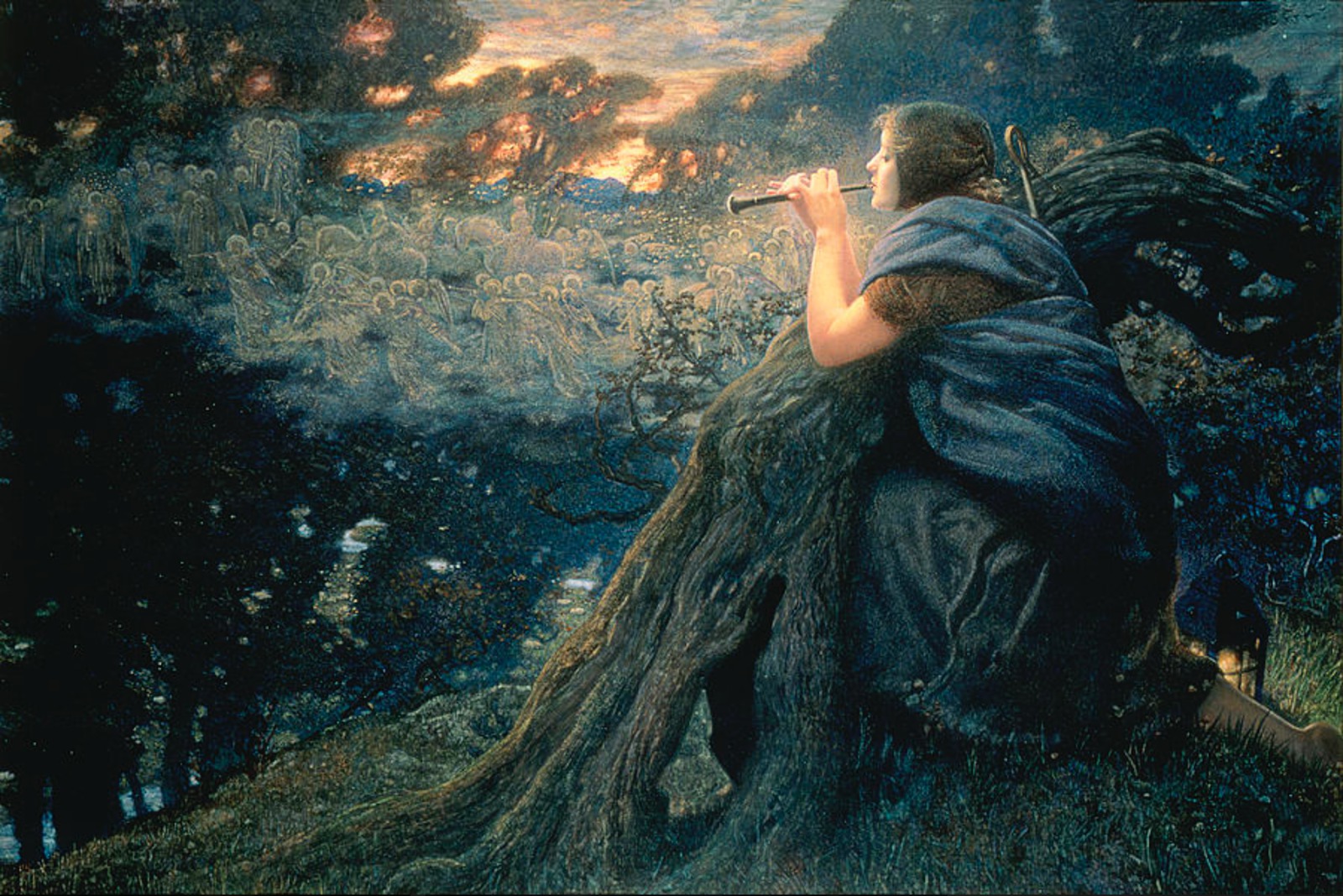

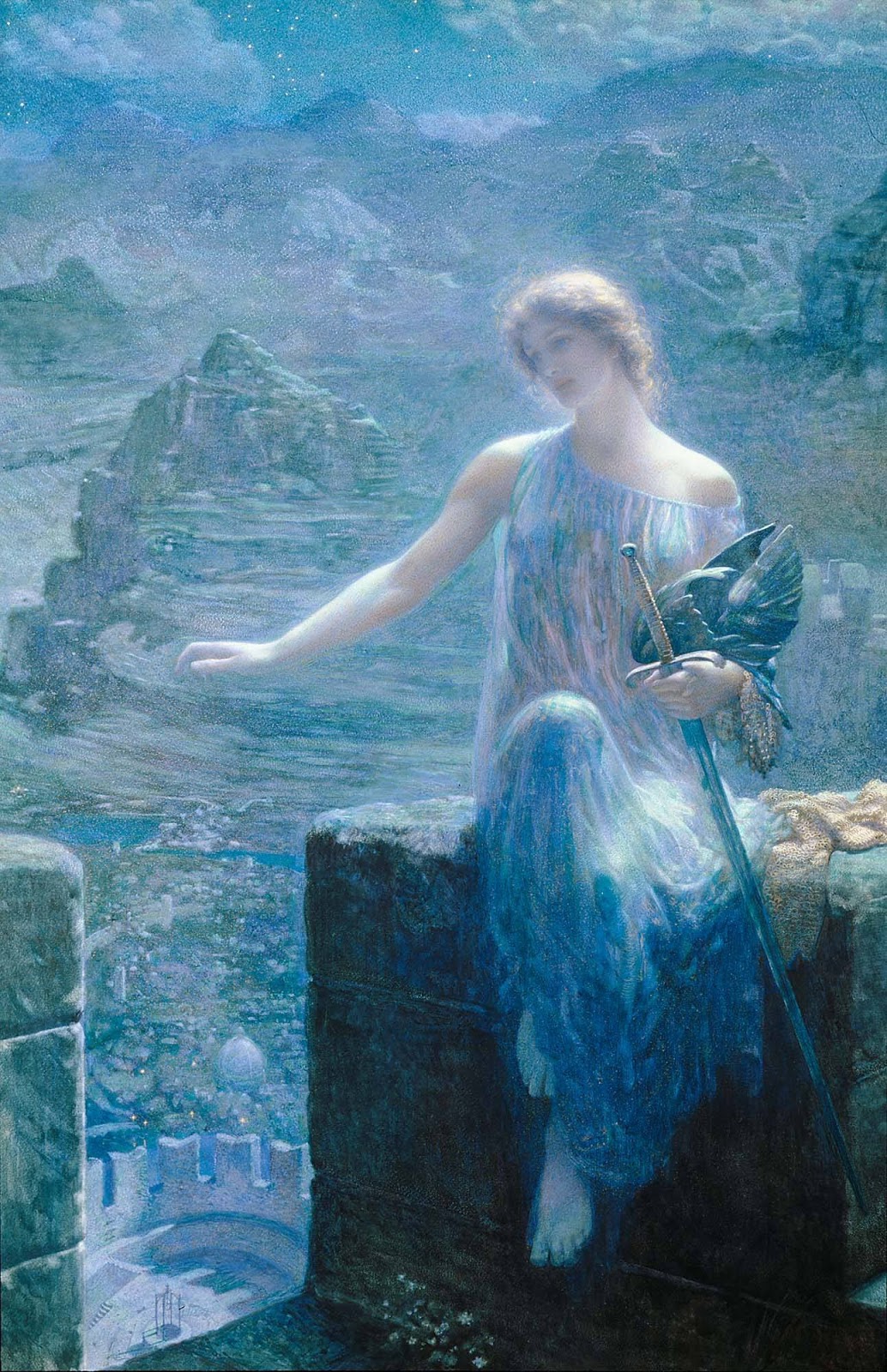
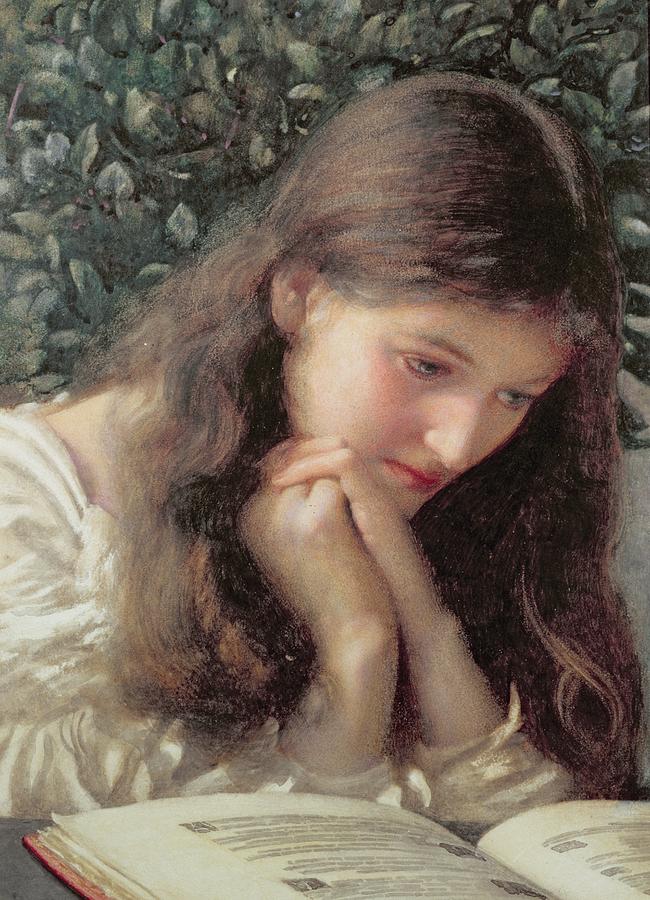

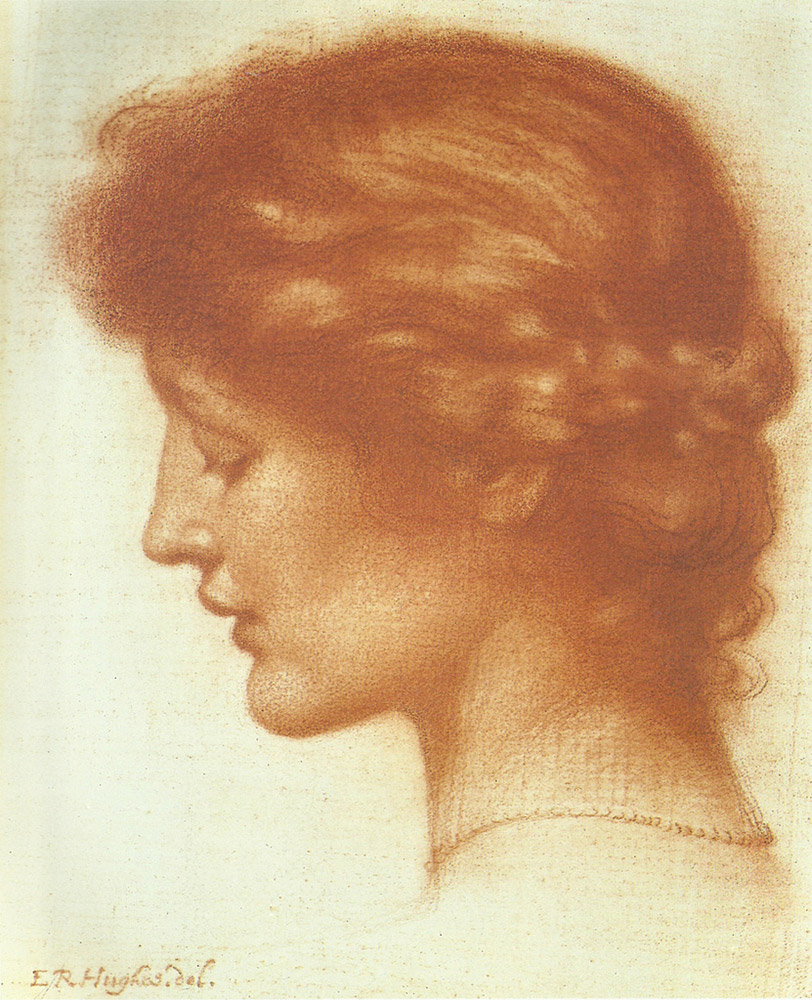

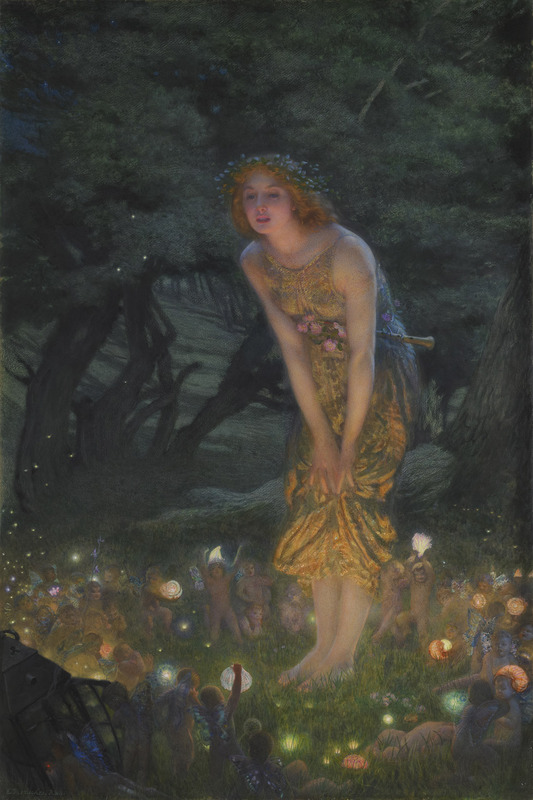
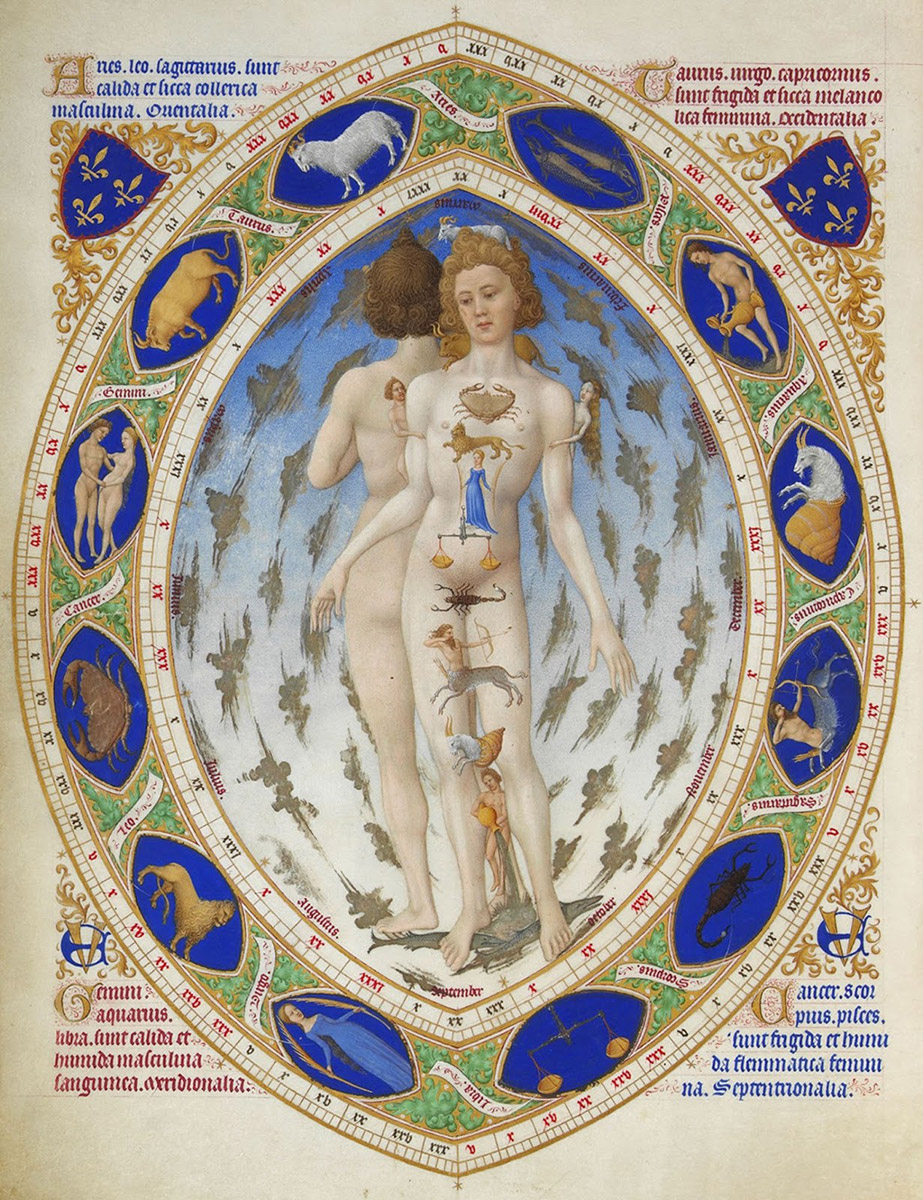
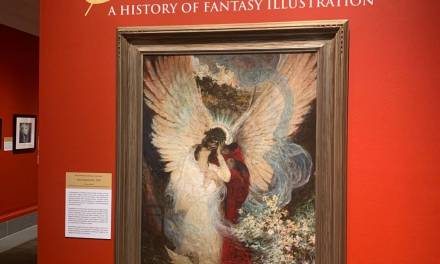
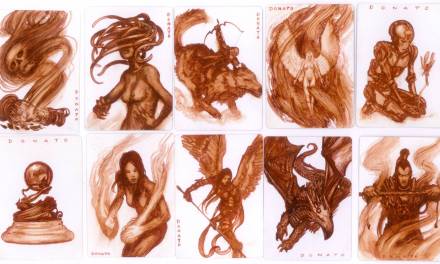

Thank you for reminding me that this wonderful artist exists! It's funny that I had so many of his images in montage posters of Pre-raphaelite art in my college dorm, but I never quite thought to look up the man himself. I'm so pleased to see art here I've never seen before! That sense of discovery is always fun. Time to study up!
I'm currently working on an homage to that last painting, “Midsummer Eve”, so it's nice to see I'm not the only one who thinks Hughes should be more widely recognized.
Just a heads up, the fourth one down with the orange dress was actually by Eleanor Fortescue-Brickdale.
Great post though, I can't get enough art from this era.
Thanks so much, Michael! Sorry to say I missed that. I've updated the post.
awesome stuff! thank you for this article!
Thank you so much for sharing, I wasn't familiar with this artist before, marvellous work! Can't seem to find any info on the Birmingham Museum and Art Gallery page about the exhibition though, I hope they didn't take it down earlier, would have been fantastic to go see it!
Staffan, my apologies! This is a New Years case of mixing up dates, looks like the article I read was February 2016. As I'm still accidentally writing 2016 instead of 2017 all the time I suppose it was only a matter of time before it caught up with me.
http://www.birminghammail.co.uk/whats-on/arts-culture-news/birmingham-museum-pre-raphaelite-exhibition-10256759
Either way, the BMAG has many Hughes paintings in their permanent collection, as I understand it.
Oh I see, that explains it! No worries Cory 🙂